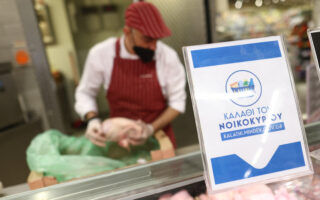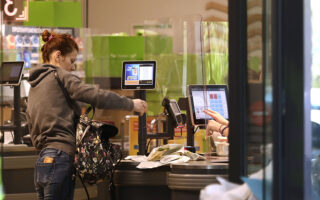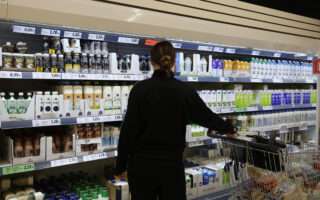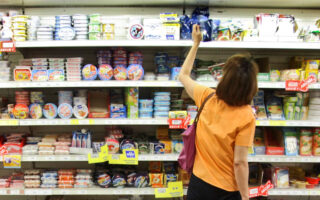Inflation hurts supermarket chains too
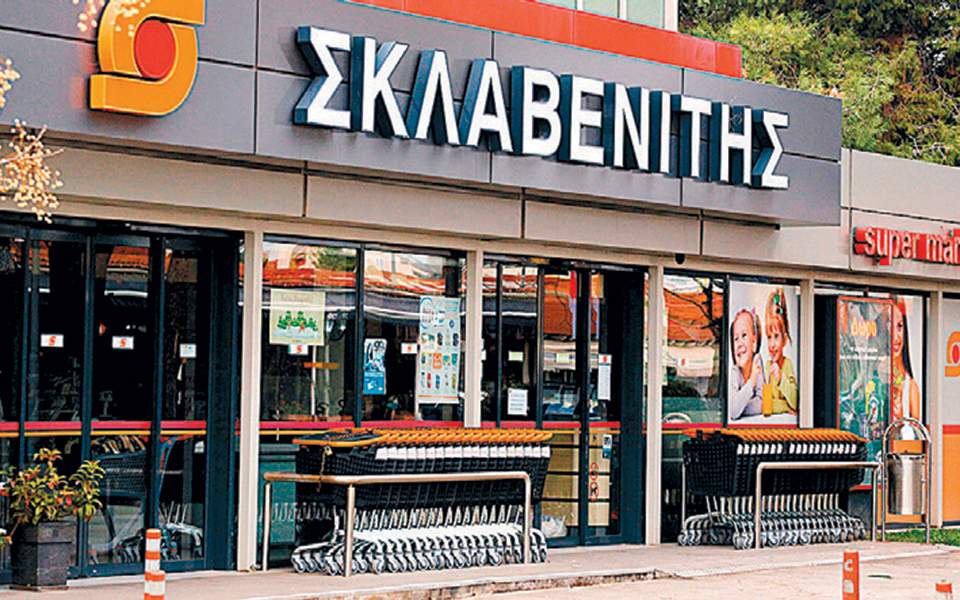
Increased turnovers, compression of profits or even losses, acquisitions and rearrangements in market shares are the main elements that 2022 left in the supermarket sector, a year in which high inflation and soaring operating costs – mainly energy – determined developments to a significant extent.
State interventions to deal with inflation also played a decisive role, as on the one hand, due to the introduction of the household basket, private label products were branded as premium and, on the other, due to the imposition of a ceiling on the profit margin, profits were also compressed – the direct consequence – and the exercise of discretion was limited commercial policy from each company.
Since the above two measures proved to be more than temporary and their application will continue at least until the end of the year – with the reassessment for a new extension taking place around mid-November – and given that the inflation of food and other important household items is holding up well, the supermarket sector is also affected by special conditions in 2023. It should be noted that with the amendment that was recently passed that provides for three more measures – announcement of price increases, labeling of products with a permanent price reduction, and submission of price lists for fruit and vegetables – which are expected to apply until May 31, 2024, the market will once again operate under the influence of the above interventions.
Who is proving the most resilient so far? Those who have invested heavily in private label products have superstores and bought turnover through acquisitions. As far as profits are concerned, however, they were compressed for most. According to the data of the Hellenic Supermarket Association (ESE), which was officially presented a few days ago, the pre-tax profits of the country’s 10 largest chains as a percentage of their sales fell in 2022 to 1.5% from 2.2% in 2021.
Nevertheless, the leader of the sector – the Sklavenitis chain – strengthened its sales even more in 2022, recording almost twice the growth rate of the market (12% against 6.3%, which was the turnover increase in the sector in 2022, according to NielsenIQ data).
